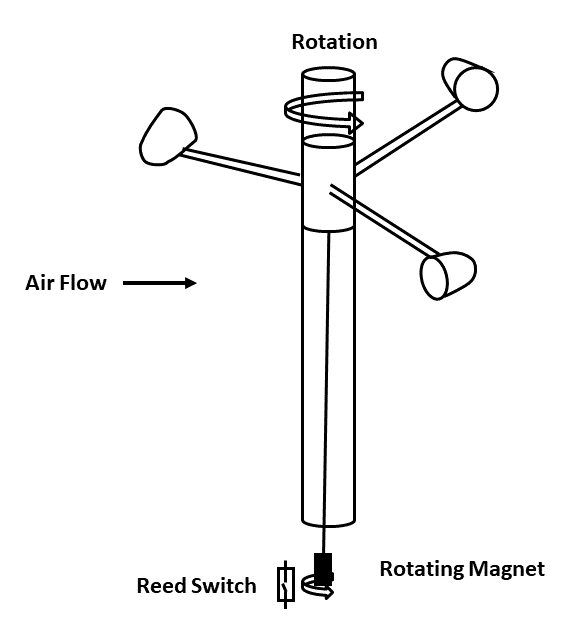Permeability
Permeability Permeability is the property of a material to allow fluids (such as water, water vapor or oil) to diffuse through it to another medium without being chemically or physically affected. Permeability causes deterioration of material longevity and acceleration of the corrosion process. It is defined as the ease with which water flows through the soil. Fine grained materials are less permeable. All organic forms of barrier protection are permeable to some degree, and once the protective coating is penetrated, its corrosion resistance is compromised. When coating deteriorates, its permeability to oxygen or moisture increases, and as a result the corrosion rate increases. Therefore, permeability leads to coating failure. Permeability is a measure of how easy it is for water, air and other substances to enter a material. Concrete contains pores that allow these substances to enter easily. Larger pores allow easier entry, while smaller pores decrease the rate at which these substan







